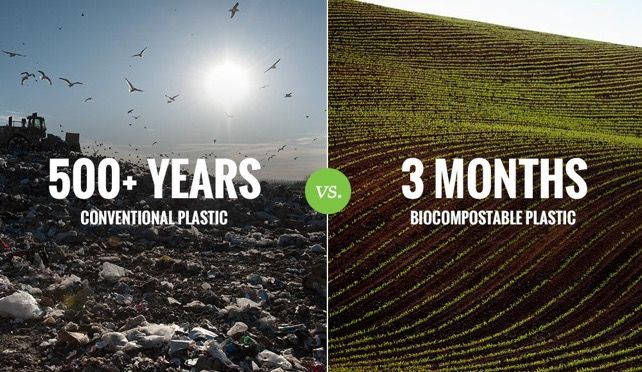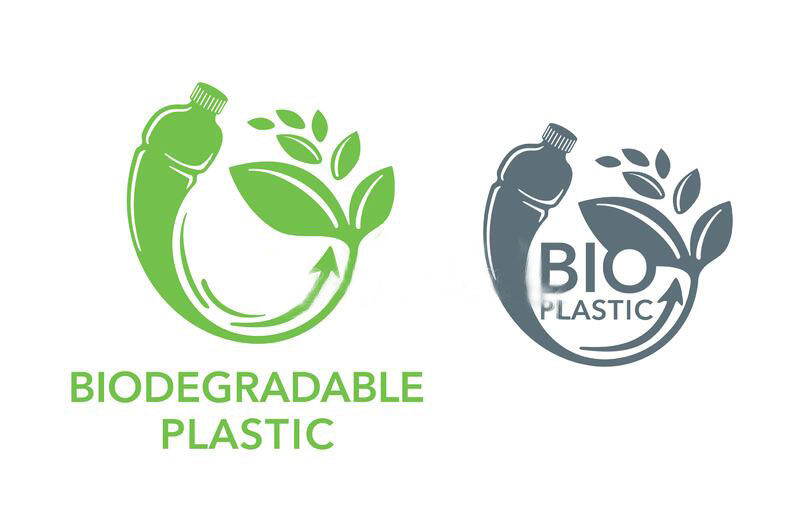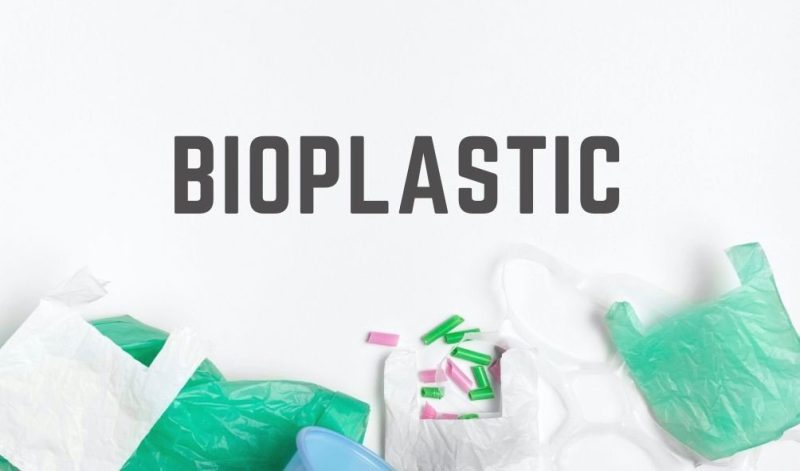BIOPLASTICS VS PLASTICS: WHAT’S BETTER FOR THE ENVIRONMENT?
Are plant based bioplastics really better for the environment? And that even if it is, should we be using food sources to make the material? In this article, we explore the research surrounding the benefits of PLA bioplastics compared to traditional plastics for food service packaging.
The problem with plastic
The impact the fossil fuel industry has on climate change is now widely accepted. According to National Geographic,“Carbon emissions from fossil fuel use totalled 37.1 billion tonnes in 2018, a new record. Substantially reducing those emissions will never happen without reducing fossil fuel production, says Michael Lazarus, a lead author of“The Production Gap Report” and the director of Stockholm Environment Institute’s U.S. Center.”
So why are we still making packaging from conventional plastic derived from finite fossil resources that are a significant contributor to climate change?
Viable alternatives to conventional plastic are now more widely available and becoming increasingly popular as consumers, organisations, and governments call for change. Bioplastics such as PLA offer a more sustainable solution to conventional plastics and are particularly valuable for foodservice packaging where compostability is a key functional requirement for end-of-life.
![]()
What’s the difference between Bioplastics and Conventional plastics
Conventional plastic is the third most commonly used petroleum derivative in the world; each year, 200 million tons of plastic are consumed on the planet. Conventional plastics, such as fossil-fuel plastics (also called petroleum-based polymers) are derived from petroleum or natural gas.
Bioplastics are plastics materials produced from renewable biomass sources, such as vegetable fats and oils, corn starch, straw, woodchips, recycled food waste, etc. Not all bioplastics are biodegradable and some petroleum-based polymers are biodegradable.
Bioplastics are usually derived from sugar derivatives, including starch, cellulose, and lactic acid. As of 2014, bioplastics represented approximately 0.2% of the global polymer market (300 million tons).
Our packaging is both made from a bio-based material called Polylactic Acid (PLA), which is derived mainly from corn and is biodegradable through the industrial composting process. The environmental advantages of PLA plastics over those plastics derived from petroleum are measurable and significant.



